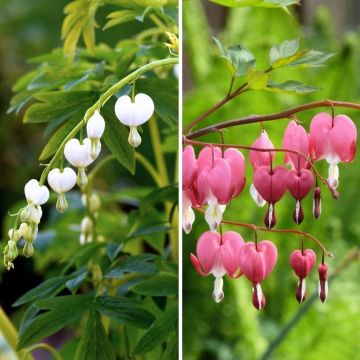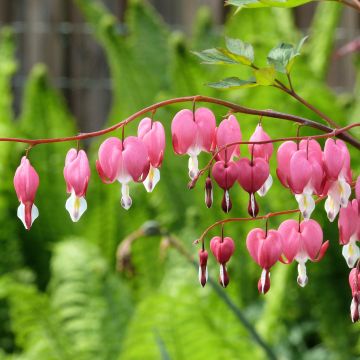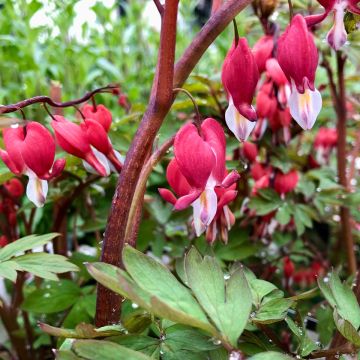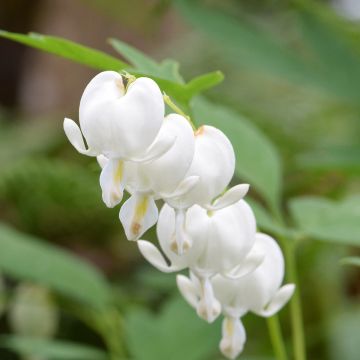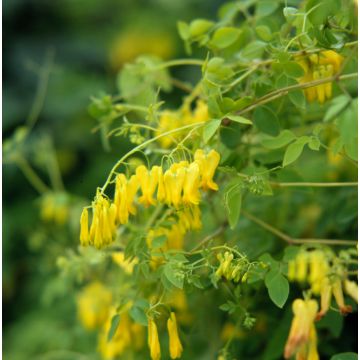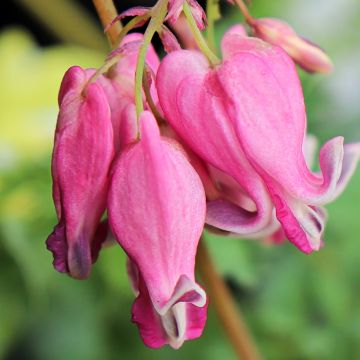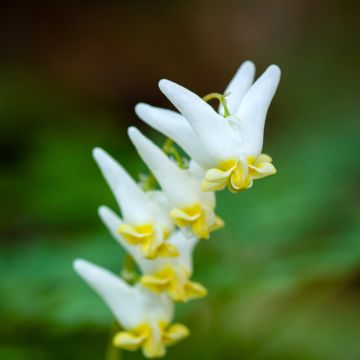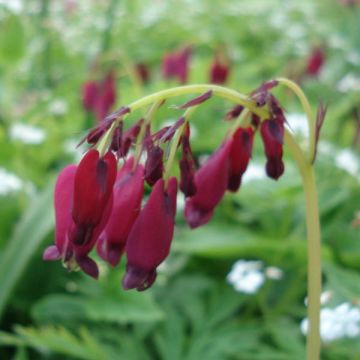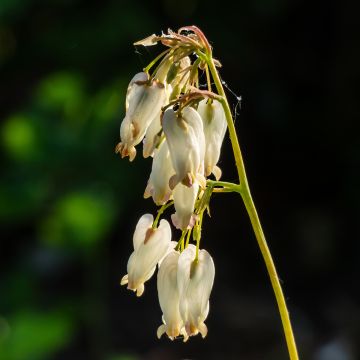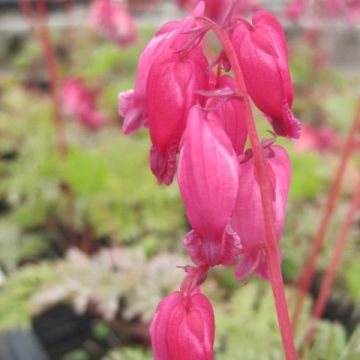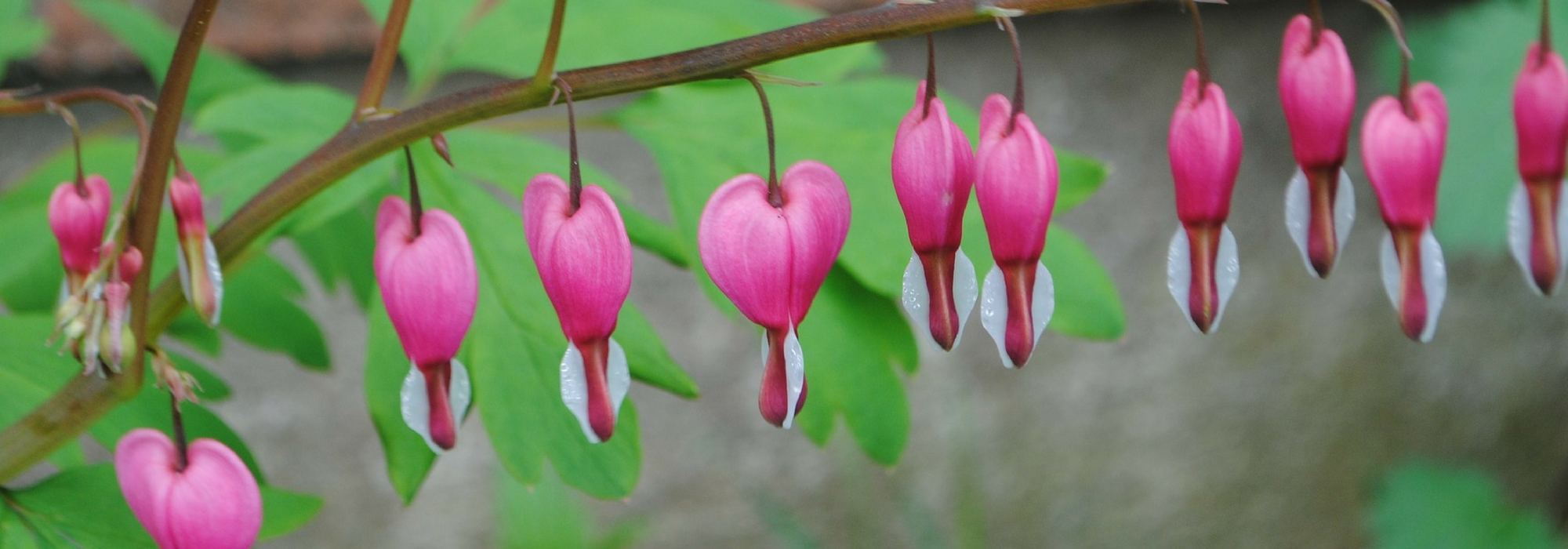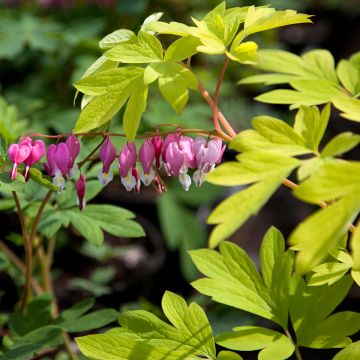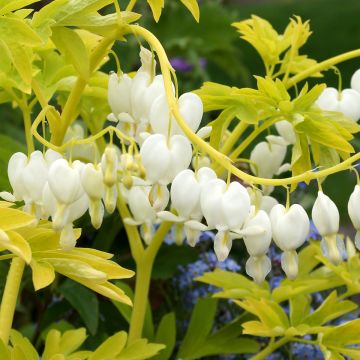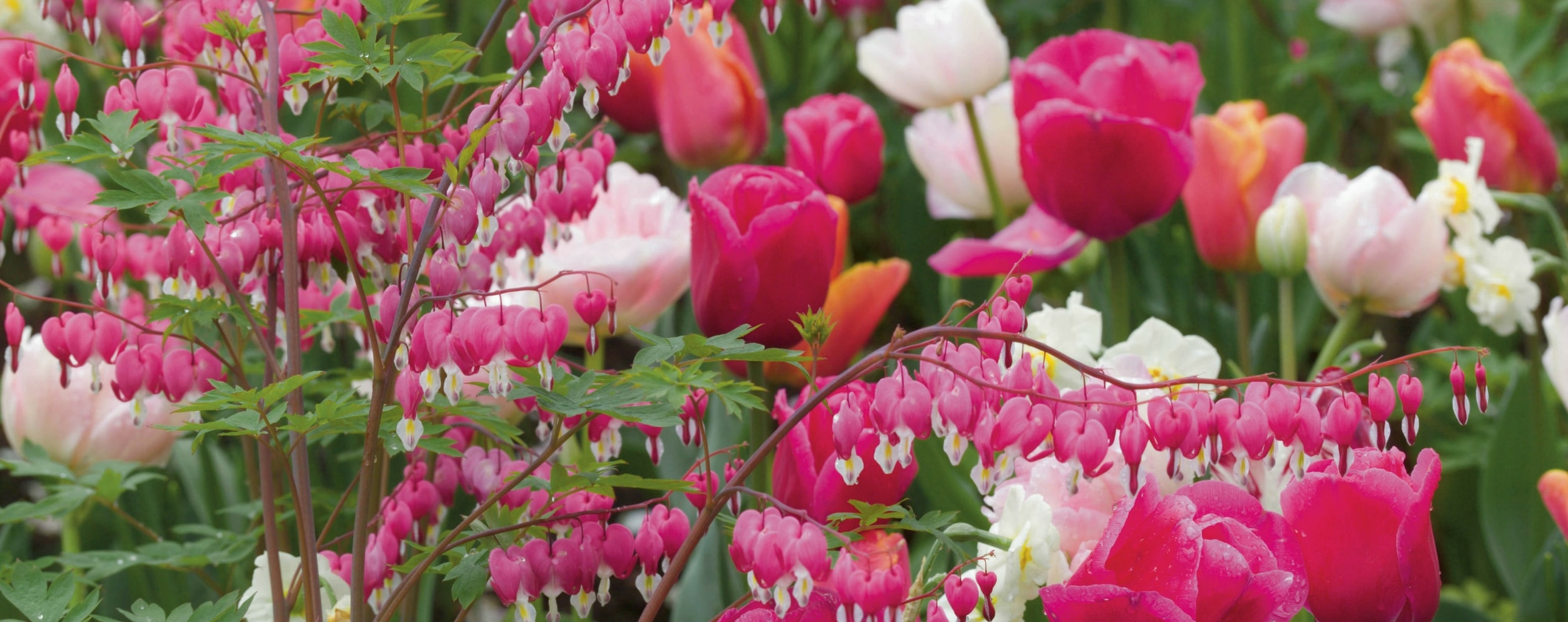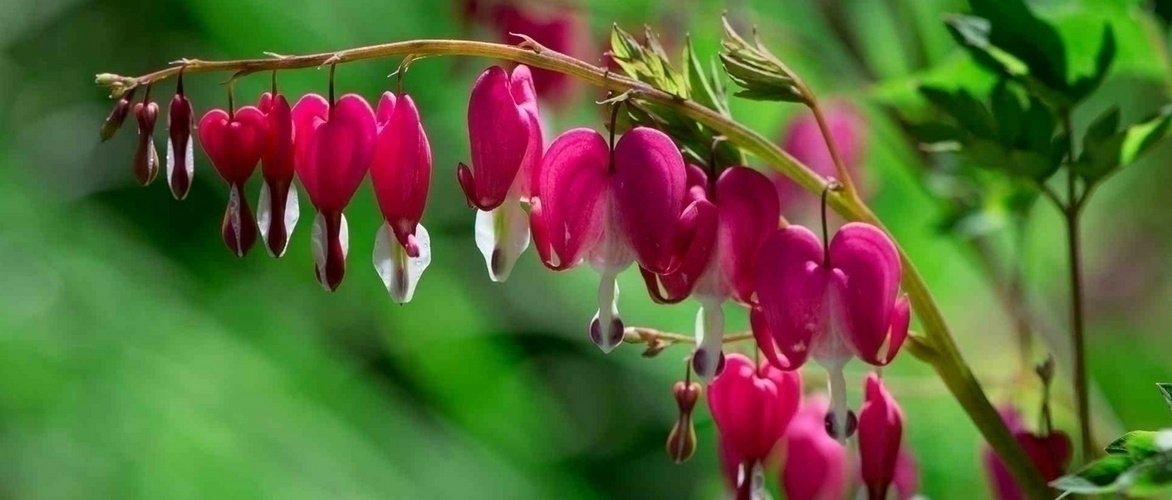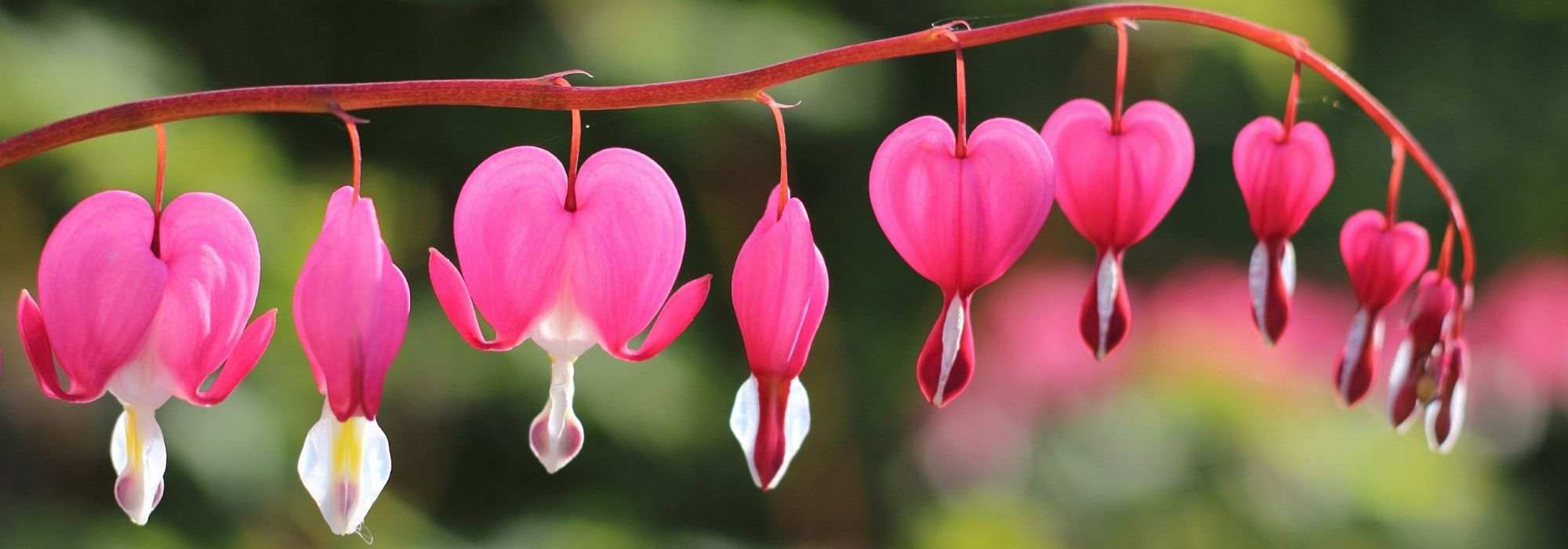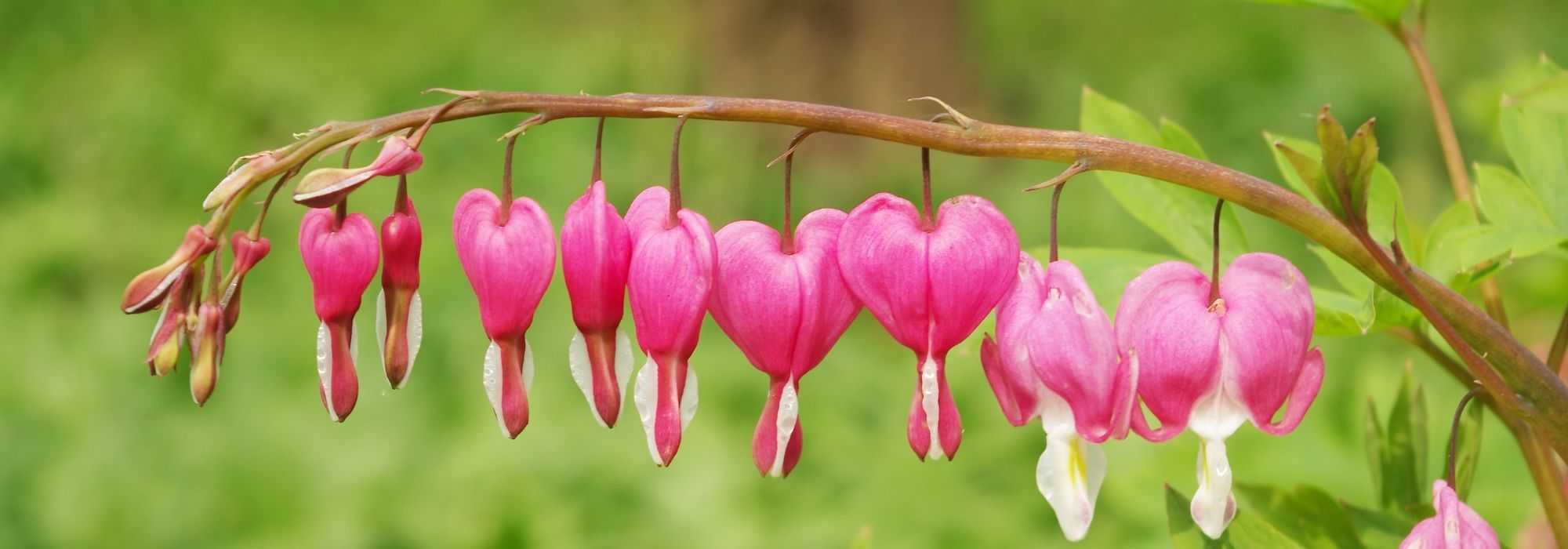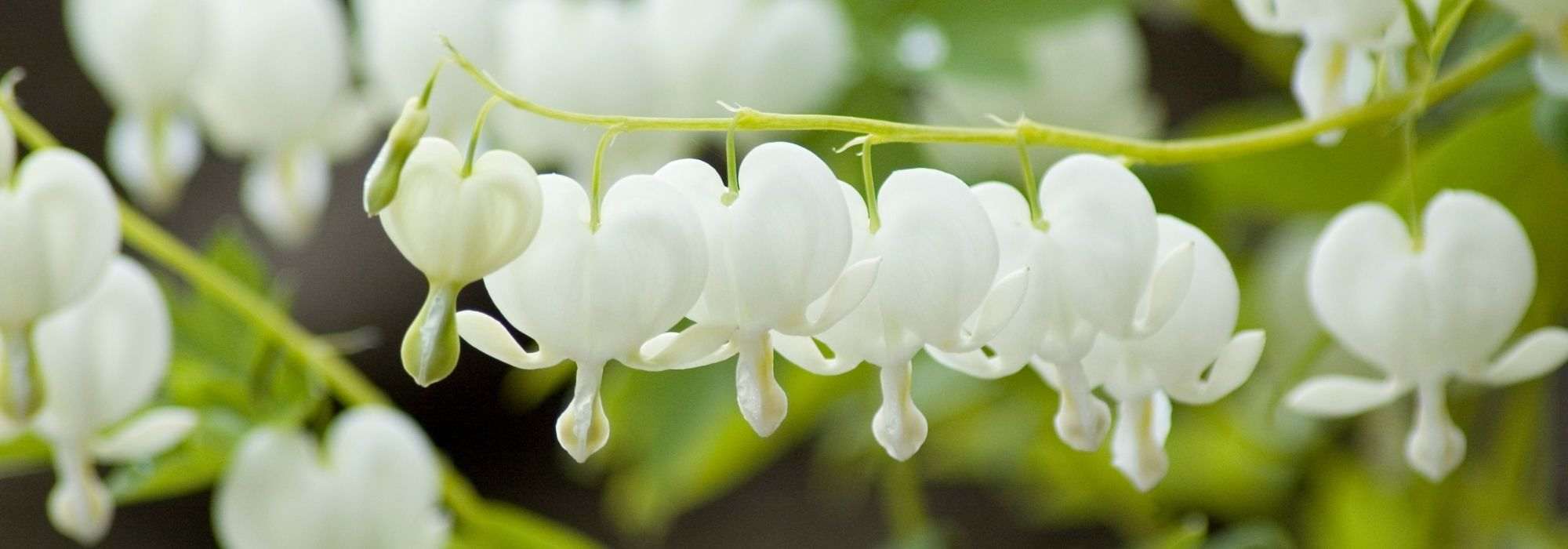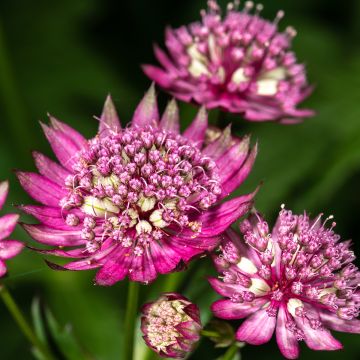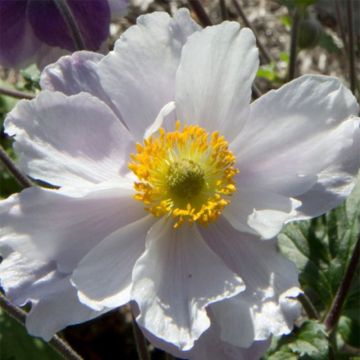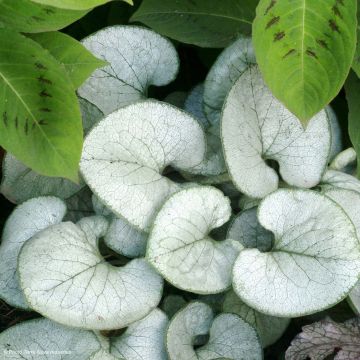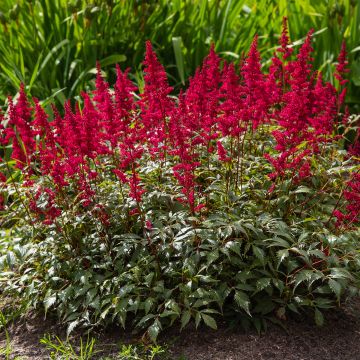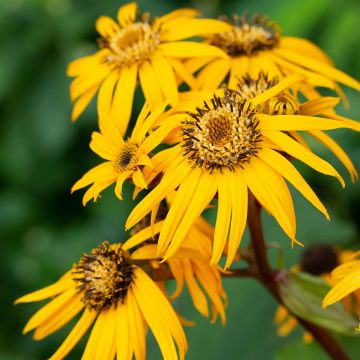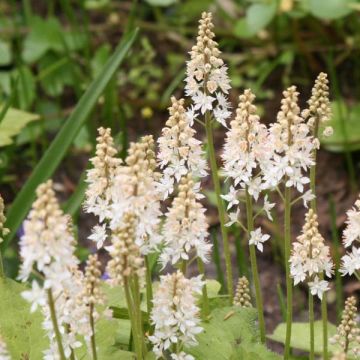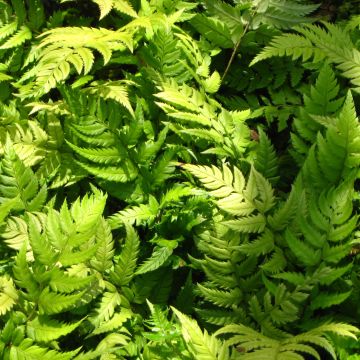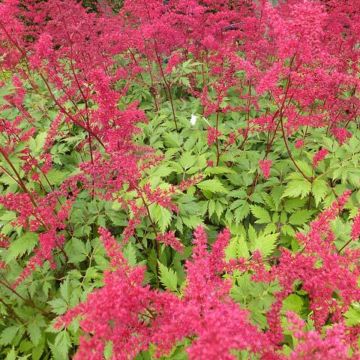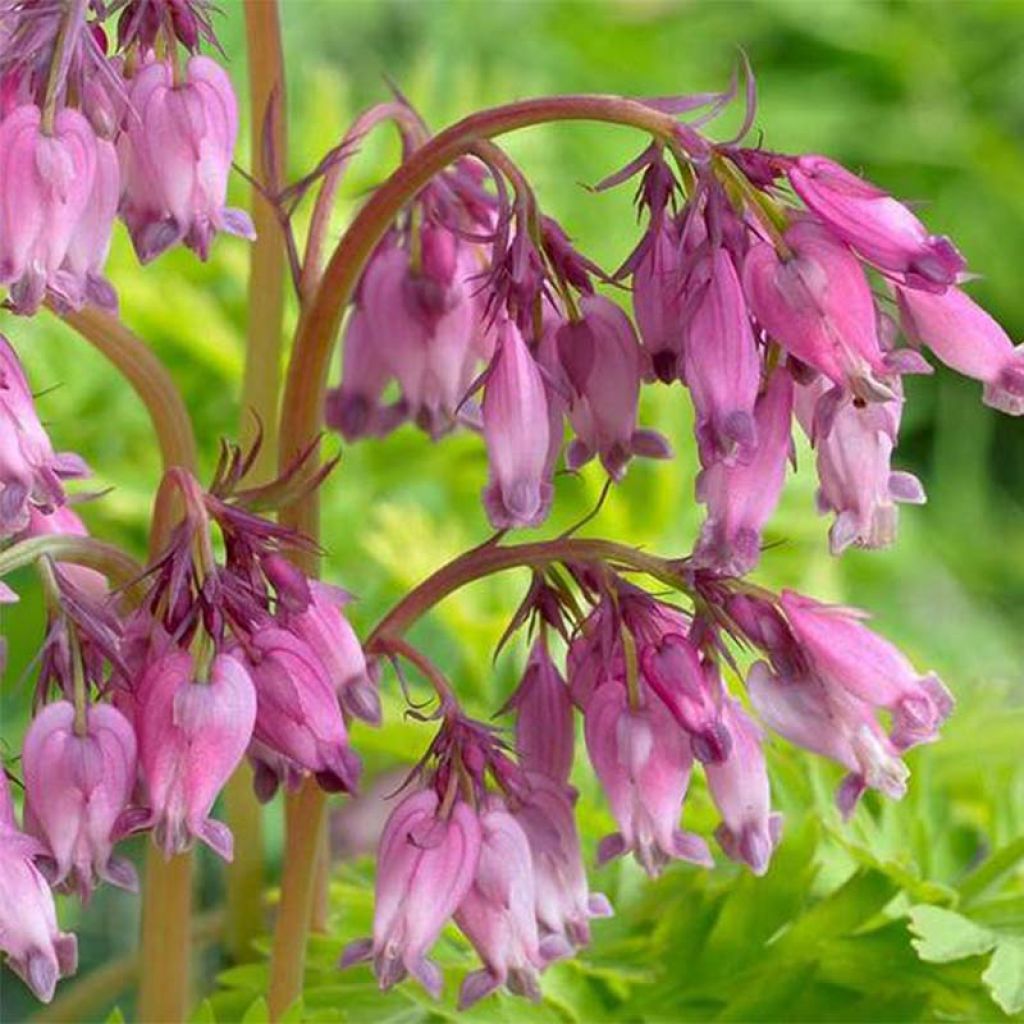

Dicentra formosa Spring Gold
Dicentra formosa Spring Gold
Dicentra formosa Spring Gold ®
Western Bleeding Heart, Pacific Bleeding Heart
Nothing has grown this year.
Domiboop, 18/02/2025
Special offer!
Receive a €20 voucher for any order over €90 (excluding delivery costs, credit notes, and plastic-free options)!
1- Add your favorite plants to your cart.
2- Once you have reached €90, confirm your order (you can even choose the delivery date!).
3- As soon as your order is shipped, you will receive an email containing your voucher code, valid for 3 months (90 days).
Your voucher is unique and can only be used once, for any order with a minimum value of €20, excluding delivery costs.
Can be combined with other current offers, non-divisible and non-refundable.
Why not try an alternative variety in stock?
View all →This plant carries a 12 months recovery warranty
More information
We guarantee the quality of our plants for a full growing cycle, and will replace at our expense any plant that fails to recover under normal climatic and planting conditions.
Does this plant fit my garden?
Set up your Plantfit profile →
Description
Dicentra formosa 'Spring Gold' is a very pretty form of the robust Bleeding Heart, with golden foliage. Discovered by Beth Chatto in her English garden, it develops golden foliage in spring that turns chartreuse green, from which clusters of delicate flowers emerge, in the shape of long, pendulous little hearts, in a soft pink-mauve. With bright fern-like foliage and refined flowering, this selection is superb in a shaded border or in a pot on the terrace. This superb woodland perennial perfectly withstands winter and tolerates any ordinary soil, even occasionally dry in summer.
Dicentra Spring Gold is derived from Dicentra formosa, native to the coniferous forests of western North America. It is often found in crevices of rock on mountain slopes, as well as in valleys. It belongs to the Papaveraceae family, or the Fumariaceae family according to classifications. It is a rhizomatous and deciduous perennial plant, which disappears in winter and reappears in spring. It has moderately fast growth, forming a bushy clump in a few years that can reach about 35 cm (14in) high and 50-55 cm (20-22in) wide. 'Spring Gold' Bleeding Heart spreads laterally through trailing rhizomes, allowing it to expand if conditions are favourable.
Its stems emerge from the ground in spring and bear divided, feathery leaves with a delicate appearance initially a golden yellow slightly tinged with chartreuse, then a chartreuse green that remains very bright until the end of summer. Flowering takes place towards the end of spring depending on the climate, and can continue for much of summer if the soil remains moist. Bleeding Heart is often dormant in summer and its foliage dries up. At the tips of the stems, pendulous flowers measuring 3 cm (1in) in height and 1 to 2 cm (1in) in width appear, composed of outer petals forming a heart and inner arrow-shaped petals. In 'Spring Gold', the flowers are an intermediate colour between pink and mauve. After pollination by insects, they give way to pods that contain round, black seeds surrounded by a white, sticky substance.
The Spring Gold Bleeding Heart is very easy to grow in most regions, except where hot and dry in summer. It finds a place in cottage gardens or natural gardens, always in a cool and shaded position. It can be associated with other perennials that do not mind competition from tree or shrub roots. Pair it with Solomon's Seal, the little forget-me-not Omphalodes verna, hardy Fuchsias, corydalis, creeping Bugleweed, Japanese Anemones, Balkan Foxglove, and a carpet of small periwinkles for example. This Bleeding Heart can also be grown in a pot to adorn the terrace or balcony, in a semi-shaded position.
Most Bleeding Hearts go dormant in summer, but this does not have any detrimental effect.
Dicentra formosa Spring Gold in pictures
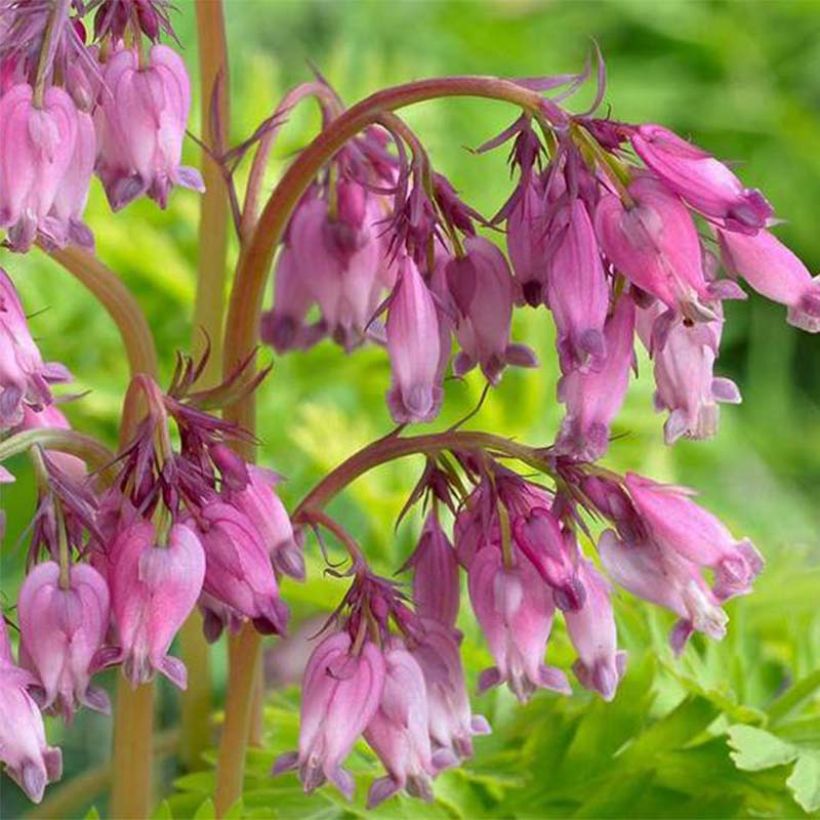

Flowering
Foliage
Plant habit
Botanical data
Dicentra
formosa
Spring Gold ®
Papaveraceae (Fumariaceae)
Western Bleeding Heart, Pacific Bleeding Heart
Cultivar or hybrid
Other Dicentra - Bleeding Hearts
View all →Planting and care
Plant Dicentra formosa Spring Gold in fertile soil, preferably moist but not excessively wet, in partial shade or even full shade. It will tolerate (non-scorching) sun if the soil remains very moist. Any good garden soil is suitable, including soils with a tendency to be chalky; it only dislikes climates that are too hot and dry in summer. Weekly watering is recommended throughout the first year, during summer, to promote establishment. Stop watering when the leaves turn yellow and disappear. It is a very pretty, easy-care perennial plant, suitable for novice gardeners.
Planting period
Intended location
Care
Planting & care advice
-
, onOrder confirmed
Reply from on Promesse de fleurs
Similar products
Haven't found what you were looking for?
Hardiness is the lowest winter temperature a plant can endure without suffering serious damage or even dying. However, hardiness is affected by location (a sheltered area, such as a patio), protection (winter cover) and soil type (hardiness is improved by well-drained soil).

Photo Sharing Terms & Conditions
In order to encourage gardeners to interact and share their experiences, Promesse de fleurs offers various media enabling content to be uploaded onto its Site - in particular via the ‘Photo sharing’ module.
The User agrees to refrain from:
- Posting any content that is illegal, prejudicial, insulting, racist, inciteful to hatred, revisionist, contrary to public decency, that infringes on privacy or on the privacy rights of third parties, in particular the publicity rights of persons and goods, intellectual property rights, or the right to privacy.
- Submitting content on behalf of a third party;
- Impersonate the identity of a third party and/or publish any personal information about a third party;
In general, the User undertakes to refrain from any unethical behaviour.
All Content (in particular text, comments, files, images, photos, videos, creative works, etc.), which may be subject to property or intellectual property rights, image or other private rights, shall remain the property of the User, subject to the limited rights granted by the terms of the licence granted by Promesse de fleurs as stated below. Users are at liberty to publish or not to publish such Content on the Site, notably via the ‘Photo Sharing’ facility, and accept that this Content shall be made public and freely accessible, notably on the Internet.
Users further acknowledge, undertake to have ,and guarantee that they hold all necessary rights and permissions to publish such material on the Site, in particular with regard to the legislation in force pertaining to any privacy, property, intellectual property, image, or contractual rights, or rights of any other nature. By publishing such Content on the Site, Users acknowledge accepting full liability as publishers of the Content within the meaning of the law, and grant Promesse de fleurs, free of charge, an inclusive, worldwide licence for the said Content for the entire duration of its publication, including all reproduction, representation, up/downloading, displaying, performing, transmission, and storage rights.
Users also grant permission for their name to be linked to the Content and accept that this link may not always be made available.
By engaging in posting material, Users consent to their Content becoming automatically accessible on the Internet, in particular on other sites and/or blogs and/or web pages of the Promesse de fleurs site, including in particular social pages and the Promesse de fleurs catalogue.
Users may secure the removal of entrusted content free of charge by issuing a simple request via our contact form.
The flowering period indicated on our website applies to countries and regions located in USDA zone 8 (France, the United Kingdom, Ireland, the Netherlands, etc.)
It will vary according to where you live:
- In zones 9 to 10 (Italy, Spain, Greece, etc.), flowering will occur about 2 to 4 weeks earlier.
- In zones 6 to 7 (Germany, Poland, Slovenia, and lower mountainous regions), flowering will be delayed by 2 to 3 weeks.
- In zone 5 (Central Europe, Scandinavia), blooming will be delayed by 3 to 5 weeks.
In temperate climates, pruning of spring-flowering shrubs (forsythia, spireas, etc.) should be done just after flowering.
Pruning of summer-flowering shrubs (Indian Lilac, Perovskia, etc.) can be done in winter or spring.
In cold regions as well as with frost-sensitive plants, avoid pruning too early when severe frosts may still occur.
The planting period indicated on our website applies to countries and regions located in USDA zone 8 (France, United Kingdom, Ireland, Netherlands).
It will vary according to where you live:
- In Mediterranean zones (Marseille, Madrid, Milan, etc.), autumn and winter are the best planting periods.
- In continental zones (Strasbourg, Munich, Vienna, etc.), delay planting by 2 to 3 weeks in spring and bring it forward by 2 to 4 weeks in autumn.
- In mountainous regions (the Alps, Pyrenees, Carpathians, etc.), it is best to plant in late spring (May-June) or late summer (August-September).
The harvesting period indicated on our website applies to countries and regions in USDA zone 8 (France, England, Ireland, the Netherlands).
In colder areas (Scandinavia, Poland, Austria...) fruit and vegetable harvests are likely to be delayed by 3-4 weeks.
In warmer areas (Italy, Spain, Greece, etc.), harvesting will probably take place earlier, depending on weather conditions.
The sowing periods indicated on our website apply to countries and regions within USDA Zone 8 (France, UK, Ireland, Netherlands).
In colder areas (Scandinavia, Poland, Austria...), delay any outdoor sowing by 3-4 weeks, or sow under glass.
In warmer climes (Italy, Spain, Greece, etc.), bring outdoor sowing forward by a few weeks.






























